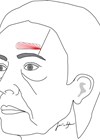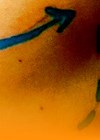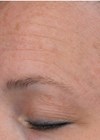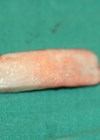Features archive for June 2016
Rejuvenation of the forehead: correction of the frontal concavity
During the ageing process, many different anatomical changes contribute to the aged appearance of the face [1]. Focusing on the forehead, typical age-related changes are regression of the hairline, solar damage, skin laxity, dynamic wrinkles, reduction of fat and bone...
New guidance marks a fundamental shift in clarifying requirements for providers of cosmetic interventions
Following the Keogh Report there has been a shift to bring a more consistent approach to the practice of cosmetics in the UK. On 12 April 2016 the GMC (General Medical Council) released the guidance for doctors who offer cosmetic...
Factors influencing a career choice in plastic surgery as a UK medical student
The medical school curriculum is increasingly focusing on the role of a general practitioner, which has resulted in medical students having reduced exposure to surgical specialties. There has been a longstanding concern that plastic surgery teaching and exposure in the...
Focus on: Cosmeceuticals (part 2)
To start the second part (see also Definitions, regulations and a review of the market and Skin anatomy and photoageing and Focus on: Cosmeceuticals (part 2) - continued) of this special focus on cosmeceuticals the authors will present some of...
Focus on: Cosmeceuticals (part 2 - continued)
The previous sections in this special focus (see Cosmeceuticals (part 2) and Skin anatomy and photoageing and Definitions, regulations and a review of the market) have covered skin anatomy, photoageing and cosmeceutical ingredients in detail. In this section I will...
Augmentation rhinoplasty
Rhinoplasty refers to a procedure in plastic surgery in which the structure of the nose is changed by adding or removing bone or cartilage, grafting tissue from another part of the body, or implanting synthetic material to alter the shape...








